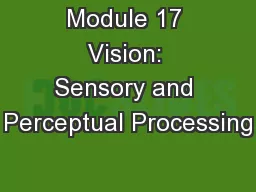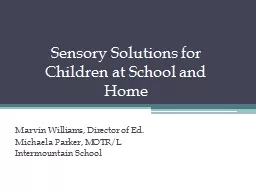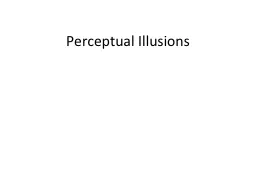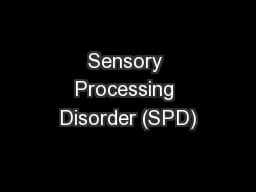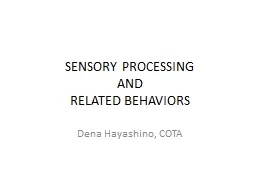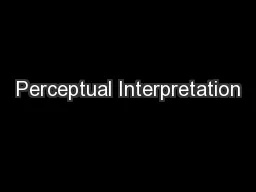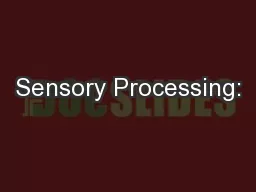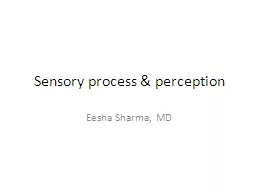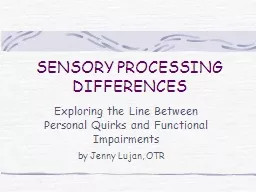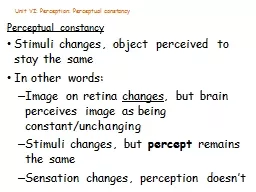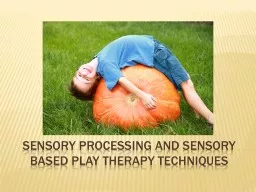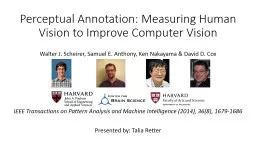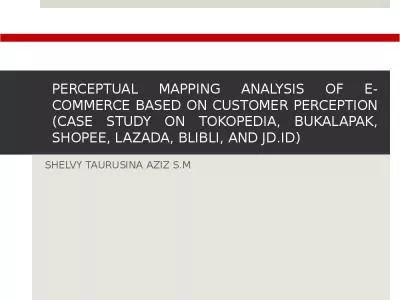PPT-Module 17 Vision: Sensory and Perceptual Processing
Author : tawny-fly | Published Date : 2018-11-05
Hue Dimension of color that is determined by the wavelength of light what we know as the color names blue green and so forth Intensity Amount of energy in a
Presentation Embed Code
Download Presentation
Download Presentation The PPT/PDF document "Module 17 Vision: Sensory and Perceptual..." is the property of its rightful owner. Permission is granted to download and print the materials on this website for personal, non-commercial use only, and to display it on your personal computer provided you do not modify the materials and that you retain all copyright notices contained in the materials. By downloading content from our website, you accept the terms of this agreement.
Module 17 Vision: Sensory and Perceptual Processing: Transcript
Download Rules Of Document
"Module 17 Vision: Sensory and Perceptual Processing"The content belongs to its owner. You may download and print it for personal use, without modification, and keep all copyright notices. By downloading, you agree to these terms.
Related Documents

